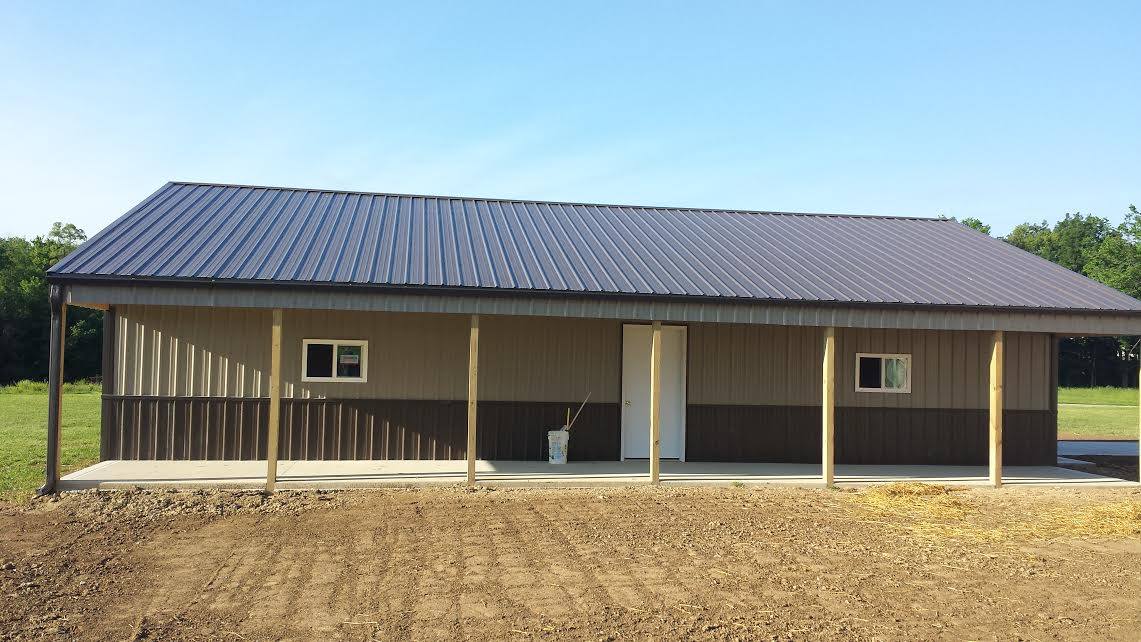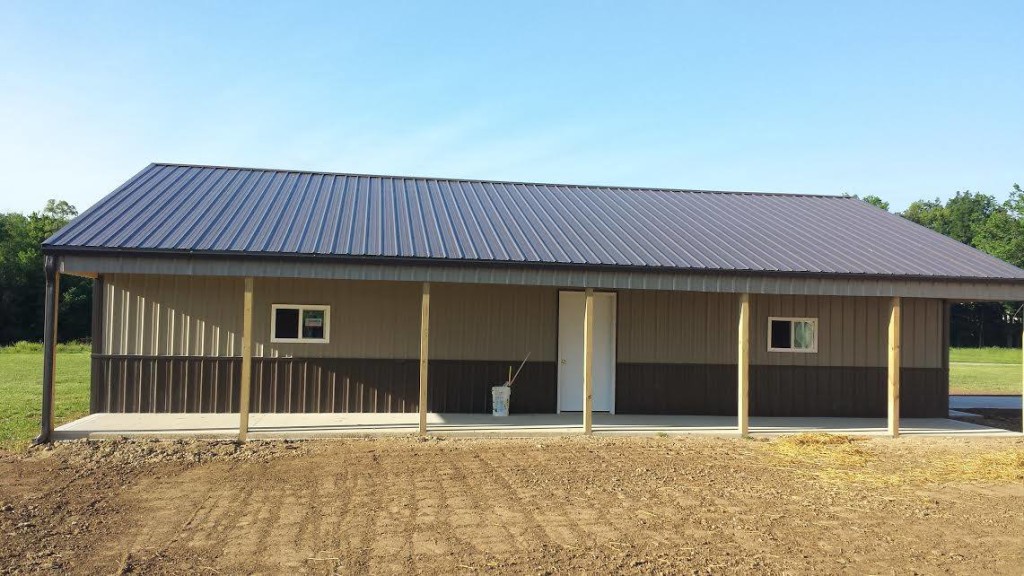
Many types of barns come from unique beginnings in American culture. Each has its own charm and purpose. For instance, some barns have a strong interior beam system excellent for hanging heavy objects from the crossbeams. Whether you’re thinking about building a new barn of your own or you want to learn more about different construction methods, consider these popular barn styles that have made an impression in farming landscapes:
- Dutch barns. These works of barn art hail from Holland’s master carpenters. Found primarily in the American northeast, these structures feature steep, hip-gabled roofing, built-in living areas, and tall and wide main doors. The structures look similar to some early church constructions.
- Bank barns. The bank barn takes advantage of consistent ground temperatures, with part of the structure built into a hillside or manmade embankment. Most were built in the Midwest during the 1800s. During the summer and winter, these barns benefit from natural cooling and insulation from the earth. Many of these barns feature two levels. The first is used for animal housing, while the upper level is perfect for storage.
- English barns. Also a popular style in New England, English barns are smaller constructions with steep A-framed roofing. These barns are commonly used for small farms and storage needs.
- Round barns. Made predominately by Shakers in the 1800s, these rare barns can be found from the northeastern states to the Midwest. The unique, polygonal construction provided farmers with more storage space and stronger structural support with fewer building materials.
- Prairie barns. These large barns with extended roofing for added storage space are commonly found in western and southwestern states. Many of these barns feature the familiar square hayloft opening on the second story and are designed similarly to the Dutch barn, but on a larger scale.
- Pole barns. Developed in the 1930s, these barns are still very popular today for their efficient and cost-effective designs. Originally, they were constructed with inexpensive telephone poles and feature minimal framing. They offer strong structural support that can be easily erected and will last for years. Today, pole barns are multifunctional, serving as traditional barns, residences, and storefronts.
Many farmers and landowners with storage needs today create visual replicas of these historical barn types using modern construction methods. For extra storage, farm tools, livestock, and living quarters, there are many barn options to choose from. If you’re interested in an attractive and cost-effective pole barn featuring Amish craftsmanship in a standard or custom-made design, contact MilMar Post Buildings today.